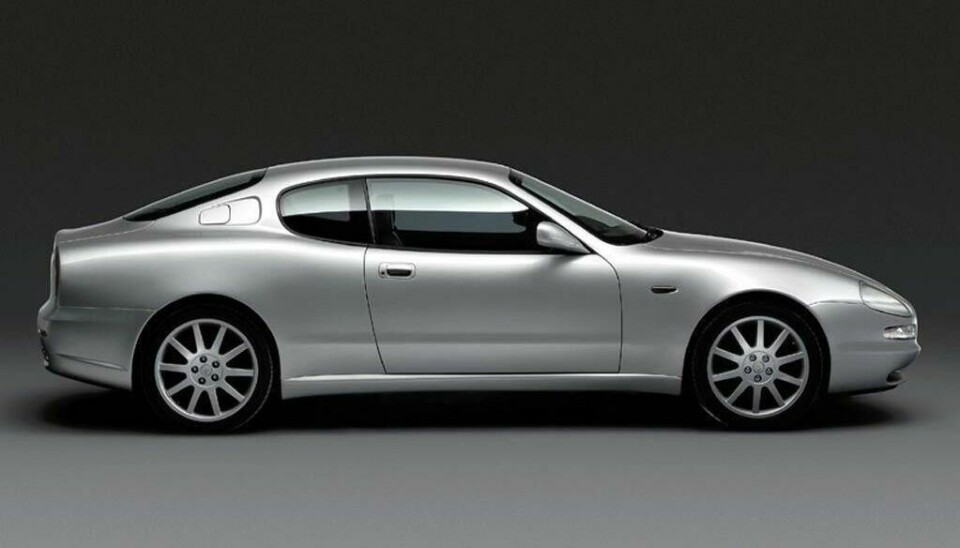
Maserati 3200GT Boomerang Taillights (1998)
A pioneer of the now-commonplace skinny LED tail lights, the 3200GT remains one of the finest examples of modern automotive lighting
You could very easily call the 3200 GT the first of Maserati’s modern models. Before its launch in 1998, the storied Italian marque had been soldiering on with product lines like the Ghibli and Quattroporte III that could trace their history back to the mid-1970s.
But, deep in financial strife and struggling to maintain a clear identity despite being one of the oldest marques in the industry, Maserati and parent company Ferrari somehow scrabbled together the funds to develop the 3200 GT, an all-new 2+2 sports car.
On paper the 3200 GT looked mightily impressive – a 3.2-litre twin-turbocharged V8 engine (hence the name) and a Ferrari-developed chassis made sure of that – but in reality, the poor build quality and erratic handling setup limited its success as a real Porsche 911 rival. Or at least it would have struggled had it not been imbued with such stunning Giugiaro-penned lines.

The design was classic Italian sports car, soft amorphic surfaces pulled taut with that subtle hand that Giugiaro is famous for. It looked far more emotional than its boxy predecessors, yet is likely most recognised for its unique, and at the time contentious, taillights.
Affectionately known as the ‘boomerang’ lights, the taillights were not only an unusual shape, but also included one of the first major uses of LED technology. Mercedes-Benz had dabbled in the use of LED tech, but it was usually hidden away behind a normal Mercedes taillight. The Maserati 3200 GT was the first of its type to really flaunt the technology.

Set out across the rear quarter panel and boot lid, the outer section of taillight housed the LEDs and made up the tail lamps, brake lamps and indicators. This gave the 3200 GT not only an unmistakable presence on the road when it passed you in the day, but also a clear impression of itself at night, something which at the time had not really been considered by the industry in the way it is now.
Since then the humble LED has spread exponentially, with cars like the latest Mercedes-Benz S-Class not having a single halogen bulb anywhere in the car as a result. The increasing importance of LEDs comes as manufacturers fight to try and form lighting signatures that are distinct from each other. As well as applications in traditional diode form, they are found within individual bezels and structures contorting the light into various shapes within the taillight assemblies themselves.

Many were disappointed when Maserati dropped the lights for the 3200 GT’s transformation into the Maserati Coupe/4200GT, when it instead made do with more US market-friendly halogen units which toned the whole design down. But the deed was done and since then it has been a free-for-all for manufacturers to come up with the most interesting and distinctive light designs. A couple of companies, namely BMW and Audi, have taken the next step, utilising OLED technology that does away with diodes altogether and is instead an entire surface that will light up as one.
The increasingly complex realm of automotive lighting will continue to be a battleground for manufacturers wishing to stamp their own individuality, but remember that not only LEDs, but the notion of a rear lighting signature, started right here with the Maserati 3200 GT.



